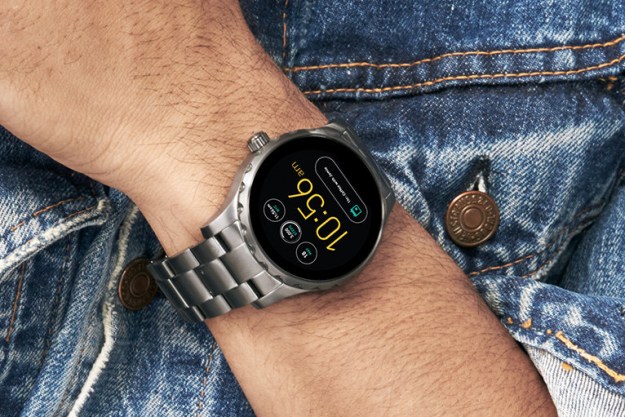
Hidden inside an Oyster Card is an RFID chip, and it’s tapped against a reader at the station to pay for a journey. Davis took her card apart, removed the chip, and then embedded it inside a set of false acrylic nails. Her Oyster nail replicates the functionality exactly, just without the hassle of digging around for the card, or forgetting it on the kitchen table.
Related: MIT develops unhackable RFID chip
Davis posted a short video of her using the Oyster nail to enter a London Underground station on Instagram, and sure enough, it operates perfectly. The card is usually topped up with a few taps on a card reader, and the nail also works here too, proving there really is no need to carry the actual card around at all.
If you’re wondering about the unusual color choice for the nails, then you’ve probably not used an Oyster Card before, as the distinctive scheme matches the real thing. Made as part of her final project at UAL Central Saint Martins college, Davis in an interview with Wah London, says she hopes her project will, “make its way into the street, the public sphere, the universe!”
While the Oyster Card is popular, London Transport accepts all kinds of contactless payments, from Apple Pay to Barclays Contactless Mobile system, but this hack is way more fun, artistic, and creative. Is this the start of a trend? If it is, guys will most likely miss out, unless they suddenly take an interest in keeping their nails in tip-top condition, Snoop Dogg style, just to give it a try?





